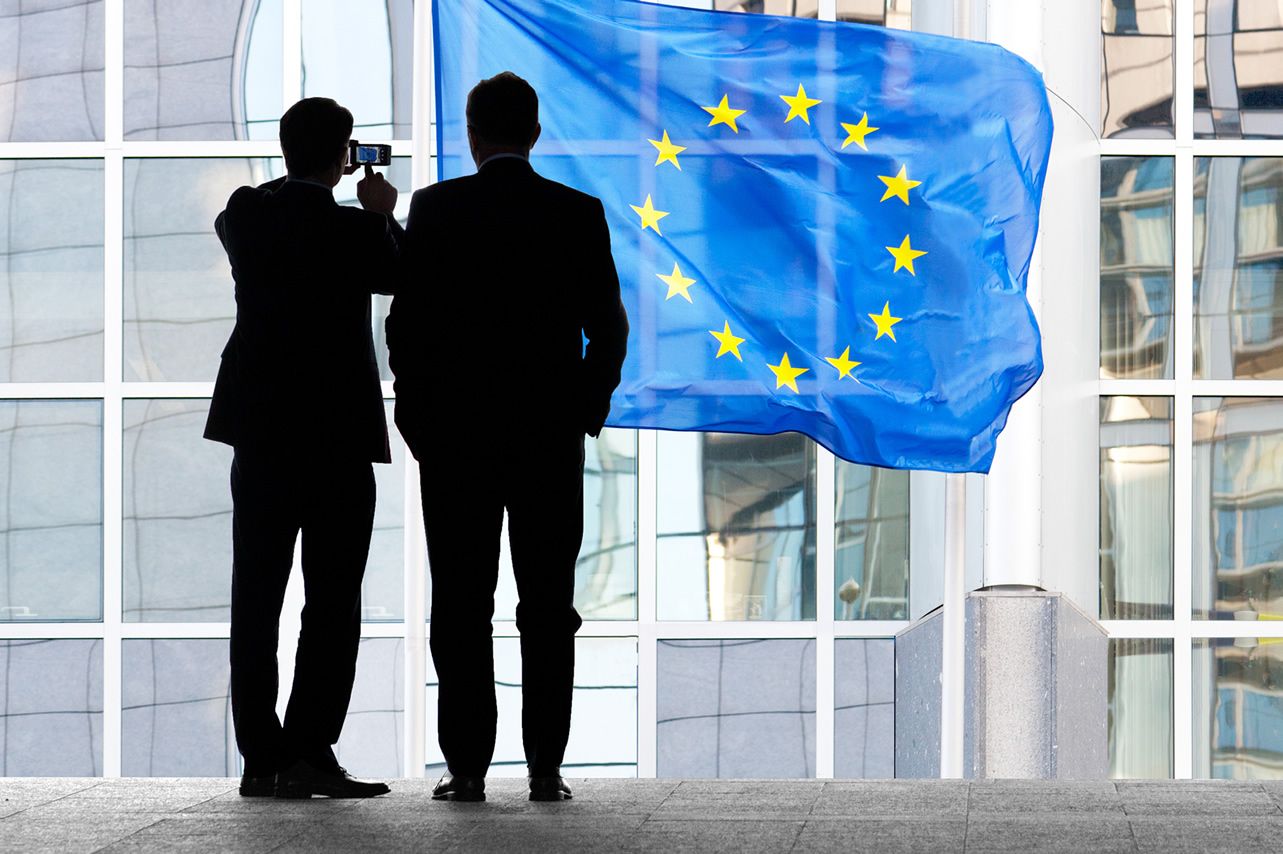Eurozone Growth Unrevised for Fourth-quarter and 2017 but Momentum Wanes
- Written by: James Skinner
-

© ARTENS, Adobe Stock
Eurozone GDP growth was 0.6% in the fourth quarter, down from the 0.7% seen during the three months to the end of September, making for annual economic growth of 2.3%.
Eurozone economic growth in the final three months of 2017 was confirmed at its highest level since the first quarter of 2011 on Wednesday, although economists have noted that momentum behind the Euro area upturn is now waning.
Eurostat reports GDP growth was 0.6% in the fourth quarter, down from the 0.7% seen during the three months to the end of September, making for annual economic growth of 2.3%.
Strong growth in Germany and France made the greatest contribution to the uplift, due mainly to their large share of overall Eurozone output. The Italian economy saw a more subdued expansion.
“The third estimate of euro-zone GDP in Q4 showed that the 0.6% expansion was driven mainly by net exports. Timelier evidence suggests that growth is no longer accelerating, but we still expect the economy to continue growing at a fairly strong pace this year,” says Jack Allen, a European economist at Capital Economics.

Above: Eurostat Data.
The quarterly growth rate matches that seen across the broader basket of 28 countries that are members of the European Union although annual growth in the Eurozone was slower than the 2.4% seen by the so called EU28.
Investment also picked back up in the fourth quarter, growing by 0.9%, after a third quarter contraction of -0.2%. However, household spending growth slowed from 0.3% in the third quarter, to 0.2% in the final months of the year.
“Exports rose by 1.9% on the quarter while imports increased by 1.1%, suggesting that the euro’s rise last year has done little to dent foreign demand for euro-zone goods and services,” Allen adds.
Euro in Focus, ECB Headed for the Door
The Euro has risen by more than 17% against the US Dollar over the last 12 months and has added an additional 3% to its gain over the Pound during that time also. On a trade weighted basis, the Euro gained nearly 10% during 2017 as a whole.
Some had feared the resurgent Euro would snuff out or at least dampen the currency block’s economic recovery given the extent to which it has been driven by exports and supported, latterly, by a pickup in the global economy.
“We think that unemployment will keep falling and wage growth will gradually pick up. And while investment growth slowed last year, firms’ demand for credit to fund investment has risen recently. What’s more, policy should remain supportive,” Allen says.
“Governments in Germany and Italy are likely to provide a small fiscal boost, and the ECB looks set to normalise policy very slowly. Indeed, it is likely to be some time before core inflation approaches 2%.”
A key driver behind the Euro’s rise in the last year has been earlier hopes the European Central Bank would soon cease its intervention in Europe’s bond markets, which would enable bond yields to rise and be supportive for the common currency.
Those hopes crystalised into a reality late last year when the central bank’s president, Mario Draghi, announced it would reduce the rate of its monthly bond purchases by around half from the beginning of January.
The ECB had been buying €60 billion or more of government and corporate bonds each month ever since the beginning of 2015 as part of a process known as quantitative easing.
Quantitative easing is designed to lift inflation by spurring economic activity, enabling the central bank to meet its obligation to ensure inflation remains close to, but below, the 2% target.
It does this by forcing down market interest rates, or bond yields, which is thought to reduce the cost of borrowing for companies and consumers in the real economy.
“We expect the Bank to end its asset purchases in December and then wait until next September before raising interest rates,” Allen says.
The European Central Bank said in December that it will continue to buy €30 billion of European bonds each month until “September 2018 or beyond”.
The bank would need to cease its intervention in the bond market before it can begin to think about raising Eurozone interest rates.
Advertisement
Get up to 5% more foreign exchange by using a specialist provider to get closer to the real market rate and avoid the gaping spreads charged by your bank when providing currency. Learn more here.




